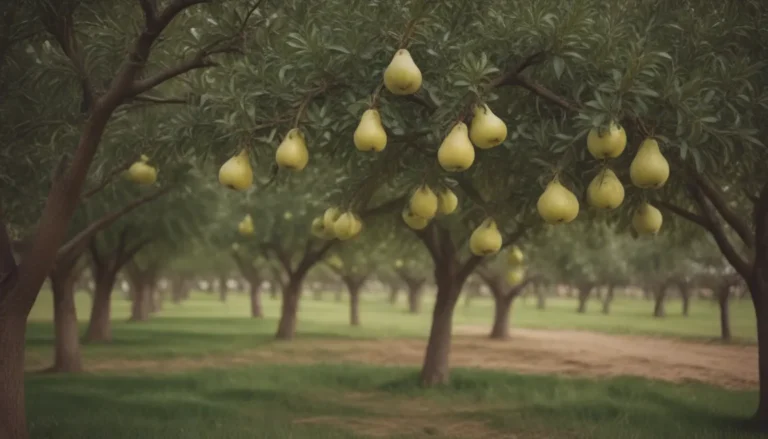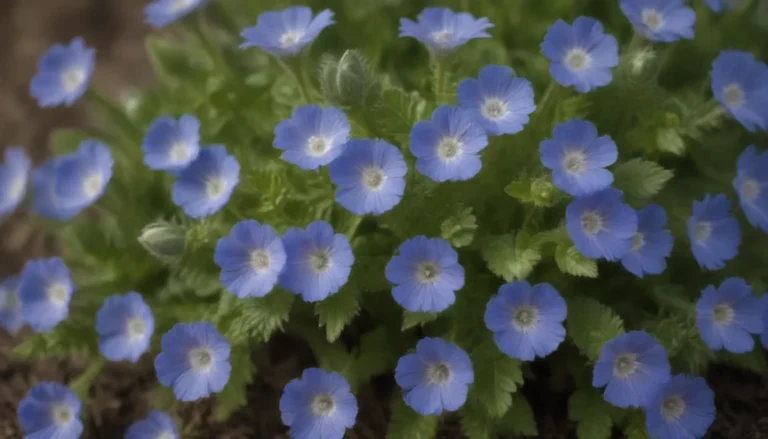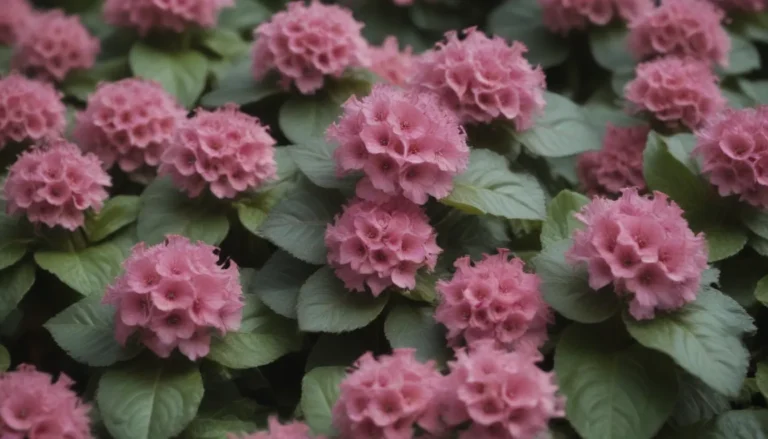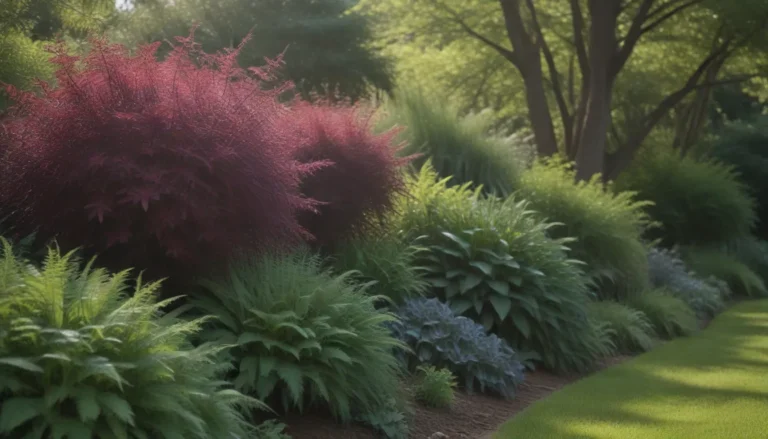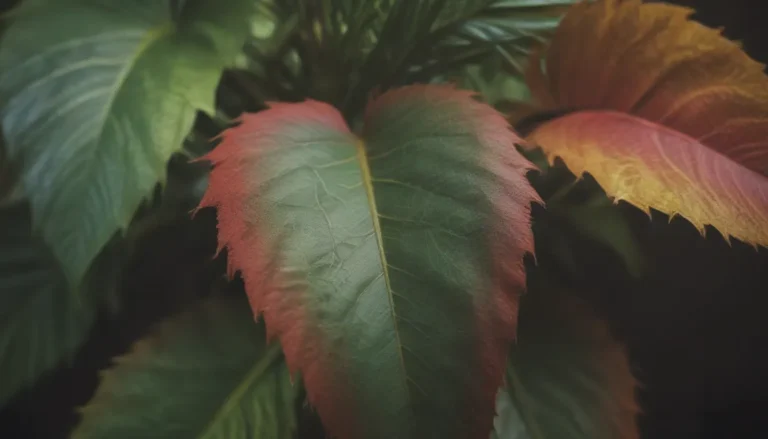The Ultimate Guide to Growing and Caring for Rhipsalis Cactus Indoors
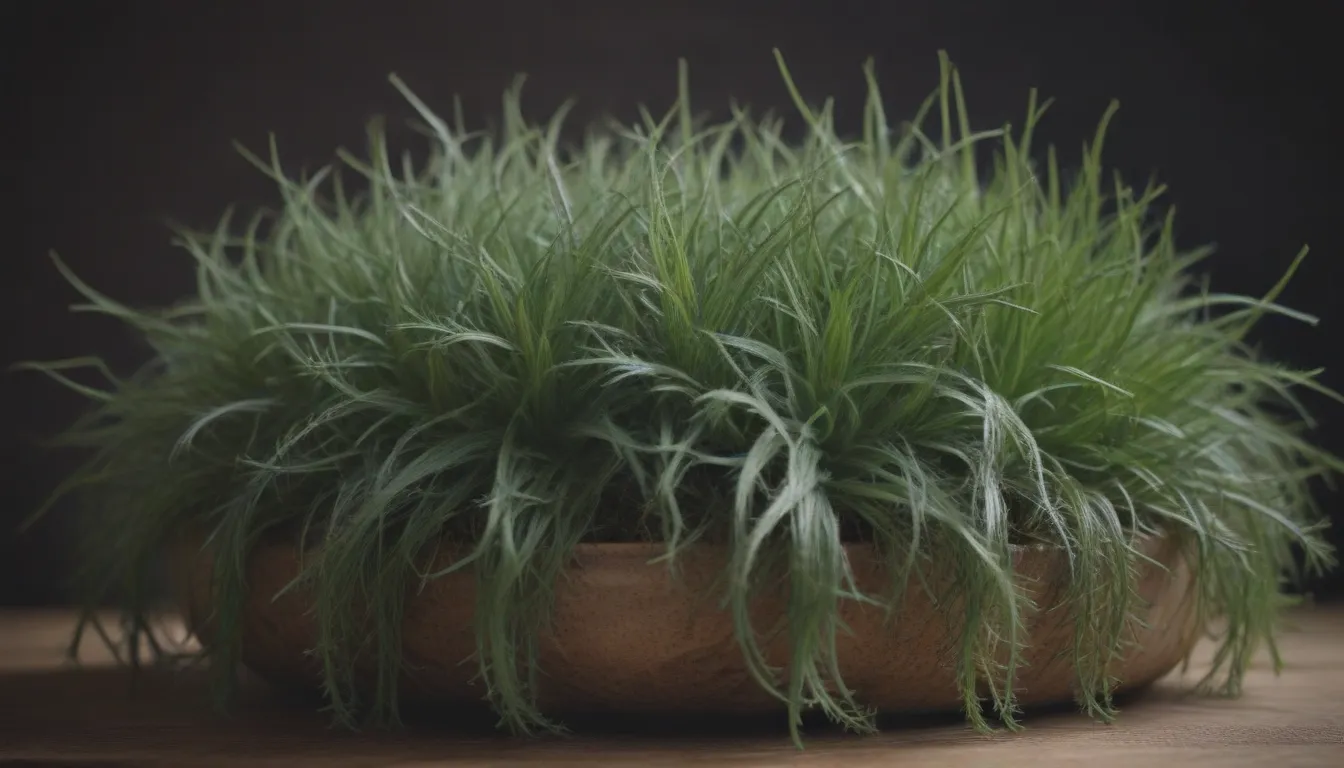
Are you looking to add a unique and low-maintenance plant to your indoor garden? Look no further than the Rhipsalis cactus, also known as mistletoe or coral cactus. This tropical cactus is a lithophytic or epiphytic species that thrives indoors with the right care and conditions. In this comprehensive guide, we will explore everything you need to know about growing and caring for Rhipsalis cactus to ensure it thrives in your home.
What is Rhipsalis Cactus?
Rhipsalis cacti are unique plants that boast long, thin, draping stems without spines. These cascading stems make them a beautiful addition to any indoor space. Native to the understory level beneath towering jungle trees, Rhipsalis cacti prefer bright, filtered light and warm temperatures. With the right care, these slow-growing plants can reach up to 20 feet in length over many years.
Rhipsalis Cactus Care Tips
To ensure your Rhipsalis cactus thrives indoors, it’s essential to provide the right care and conditions. Here are the key care requirements for growing Rhipsalis:
Light
- Rhipsalis cacti require bright, filtered light.
- Avoid direct sunlight, particularly during midday and afternoon.
- Pale leaves indicate the plant needs more light.
Soil
- Use a cactus potting mix with some organic material for optimal growth.
- A blend of standard potting mix and sand works well for Rhipsalis.
- Provide enough soil for the shallow roots to anchor the plant.
Water
- Keep the soil moist but avoid allowing the plant to sit in standing water.
- Falling leaves can indicate overwatering.
Temperature and Humidity
- Maintain warm temperatures above 50 degrees Fahrenheit.
- Provide higher humidity levels than typical desert cacti.
- Consider using a room humidifier during dry winter months.
Fertilizer
- Feed regularly with a balanced, diluted fertilizer.
- Increase feeding if blooms are insufficient.
- Follow product label directions for best results.
Types of Rhipsalis Cacti
Rhipsalis cacti belong to the Rhipsalideae family, which includes several genera. The most prominent genus, Rhipsalis, comprises over 40 species known for their thin, intertwining stems. Some common Rhipsalis species grown as houseplants include:
– Rhipsalis baccifera (mistletoe cactus or spaghetti cactus)
– Rhipsalis cereuscula (coral cactus)
– Rhipsalis clevata
– Rhipsalis pirocarpa
– Rhipsalis pachyptera
Pruning and Propagating Rhipsalis Cactus
To encourage healthy growth and maintain the desired shape of your Rhipsalis cactus, consider pruning and propagating the plant:
– Prune and pinch back stems to encourage branching.
– Use sharp, sterile scissors to trim stems if they become too long.
– Propagate through stem cuttings in warm, moist soil during spring to summer.
How to Grow Rhipsalis Cactus From Seed
While Rhipsalis cacti can be propagated by seed, stem cuttings are a more reliable and faster method. To grow from seed:
– Collect seeds by breaking open ripe fruits and replant them in soil.
– Seed germination can be a time-consuming process compared to cuttings.
– Plant seeds carefully following proper guidelines.
Potting and Repotting Rhipsalis Cactus
Proper potting and repotting are crucial for the health and growth of your Rhipsalis cactus:
– Use a cactus or indoor potting mix with added organic material.
– Consider using clay or terra-cotta pots for better drainage.
– Repot every couple of years to refresh the growing medium and ensure good drainage.
Common Pests and Plant Diseases
Watch out for common pests and diseases that can affect your Rhipsalis cactus:
– Scale and spider mites can be eliminated with a wet cloth.
– Mealybugs may require a systemic pesticide.
– Root rot can occur due to overwatering and poor drainage.
How to Get Rhipsalis to Bloom
Ensure your Rhipsalis cactus blooms annually by providing the right conditions:
– Monitor water, light, temperature, and nutrients for optimal blooming.
– Encourage more blooms by adjusting these factors accordingly.
– After blooming, allow the plant to rest for bud formation.
Common Problems with Rhipsalis Cactus
Address common issues with your Rhipsalis cactus to maintain its health and vitality:
– Underwatering can cause drying stems and minimal growth.
– Overwatering leads to yellowing stems and root rot.
– Prune diseased parts and repot the plant to prevent further damage.
Conclusion
In conclusion, Rhipsalis cactus is a unique and visually appealing plant that can thrive indoors with the right care. By following the tips and guidelines outlined in this guide, you can successfully grow and care for your Rhipsalis cactus to enjoy its beauty for years to come. Remember to provide adequate light, water, and nutrients while monitoring for pests and diseases. With proper care, your Rhipsalis cactus will flourish and become a stunning addition to your indoor garden. Happy gardening!
